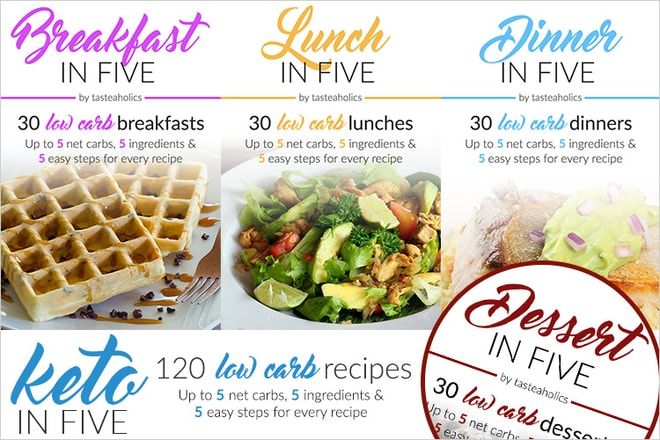Keto Diet Food Pyramid

When thinking about what to eat on a ketogenic diet for improving health, nutrition and burning fat, you will certainly want to plan your meals in advance.
That means having a viable keto diet plan ready and waiting. We have designed a simple primal-friendly keto diet food pyramid to help you adhere to your meal plans and make the best food choices.
If you choose to avoid dairy foods, then it also fits well with a paleo diet.
If you wish to get into a ketogenic state quickly, then you will have to adjust what you eat.
When following a low carb lifestyle, you will naturally enter ketosis faster if you limit your carbohydrates.
Typically I eat anywhere within 20-50g of net carbs every day, but you will obtain better results keeping your glucose levels low.
There are always plenty of ketogenic diet recipes and new meals to create.
Net carbs vs. total carbs
Net carbs are your total dietary carbohydrates, with the total fiber deducted.
An example for this is if you want to eat a cup of spinach there are 6.7g carbohydrates in 1 cup with 4.3g of fiber so, we take the 6.7g of total carbs and subtract the dietary fiber which is 4.3g. This total gives us 2.4g of net carbs.
Check out our vegetable chart which details nutritional information including fiber, net carbs, sugar, and calories.

Keto Diet Food Pyramid Analysis
When planning what to eat on a ketogenic diet, your macronutrients typically should be around 70% fats, 25% protein, and 5% carbohydrates.
The primary focus on keto is getting the macros correct, but you must also keep an eye on calories.
Not everyone needs to worry about counting calories, and it can result in more hassle than what its worth.
Fat provides 9 calories per gram and protein 4 calories per gram. Therefore switching from carb-heavy eating and boosting fat intake may vary total caloric input.
We will discuss the main macronutrients carbs, protein and fats below to help improve health and nutrition.
Fats
Fats will be your main fuel source to get into ketosis, so it only makes sense to be the highest percentage at 70%.
Seen at the bottom of the keto diet food pyramid, butter and oils take up the biggest portion of your ketogenic nourishment.
You should try to eat healthy saturated fats such as butter, ghee, and coconut oil.
Eat Avocados for monounsaturated fatty acids. Eat plenty of Omega-3s such as those found oily fish such as salmon and mackerel.
When choosing any meat and fish pick the fattier cuts of chicken, beef, fish, poultry, etc.
Snacking on cheese, nuts, seeds, and fat bombs will curb your appetite if you find yourself hungry or peckish.Shop Related Keto Products
Carbohydrates
When thinking about carbs on a ketogenic diet, more than likely you’ll have to forget what you have learned from other food pyramids.
Carbohydrates top most people’s food pyramid and also the official food pyramid list recommended by the USDA.(1)
At the head of the keto diet food pyramid, you will see a small quantity of about 5% worth of carbs.
This little amount of carbohydrates shouldn’t be used for any kind of dessert but should come from green cruciferous vegetables.
After you’ve planned out all your greens, all other carbs will come from all other veggies, nuts, and seeds.
You can see how you need to adjust for ketogenic dieting and how little amounts of carbs to consume daily.
Of course, avoid all processed foods and starchy carbohydrates such as bread, oats, pasta, cereals, and potatoes.
Protein
Once you have sorted out your fats and carbs the rest of your calories need to come from the last macronutrient, protein.
When thinking about protein, opt for fatty cuts of meat, fish, and full-fat cheeses, so you get your fats in as well.
Surprisingly to some, much of your daily allowance will come from green cruciferous veggies. It’s incredibly easy to overeat on protein thus turning your diet into an Atkins diet. If you exercise intensely then having the odd protein bar occasionally will help with muscle recovery.
Excessive protein intake simply keeps you feeling full which is the reason why low carb Atkins Diets are so popular (2).
As too much protein shifts you out of ketosis it’s important to keep your intake to around 25% daily.
Alcohol
Alcohol isn’t something you should drink if looking to enhance nutrition and health but it is a macronutrient. It is between carbs, protein, and fat containing 7 calories per gram.
Alcohol is used differently by the body compared to other macronutrients. It generally means the body will burn the alcohol first prior to burning glucose or ketones.
It is bad news if looking to lose weight especially fat as the body must go through an extra step to get to the fat stores.
See our alcohol on keto guide for a more detailed report.
Foods to eat on a ketogenic diet
Dark leafy green vegetables are always the top choices for any dietary regime, especially when following a keto diet.
Meals need to consist of vegetables, a side of fat and a small portion of protein. Eat foods such as nuts and seeds in moderation.
You can see our low carb veggie guide for more info.
Too many will see you eating high amounts of inflammatory omega 6 opposed to the healthy omega 3 found in fatty fish and grass-fed beef.
Always keep alcohol intake to a minimum as it is primarily empty, calories and will stop you reaching maximum health in the long term.
To learn more about foods to eat on keto, in particular, check out our article how to start a LCHF diet.
It’s a helpful guide where we have noted different foods to eat as per macronutrient.
To be healthful, you must learn to get the right nutrients from your meal plan so be sure to include quality foods in your lifestyle.
Please share this keto diet food pyramid with your friends so more people can benefit from a ketogenic diet. If you have any questions, please let us know below.

